Various ways to eat! Everyone loves Genghis Khan BBQ!
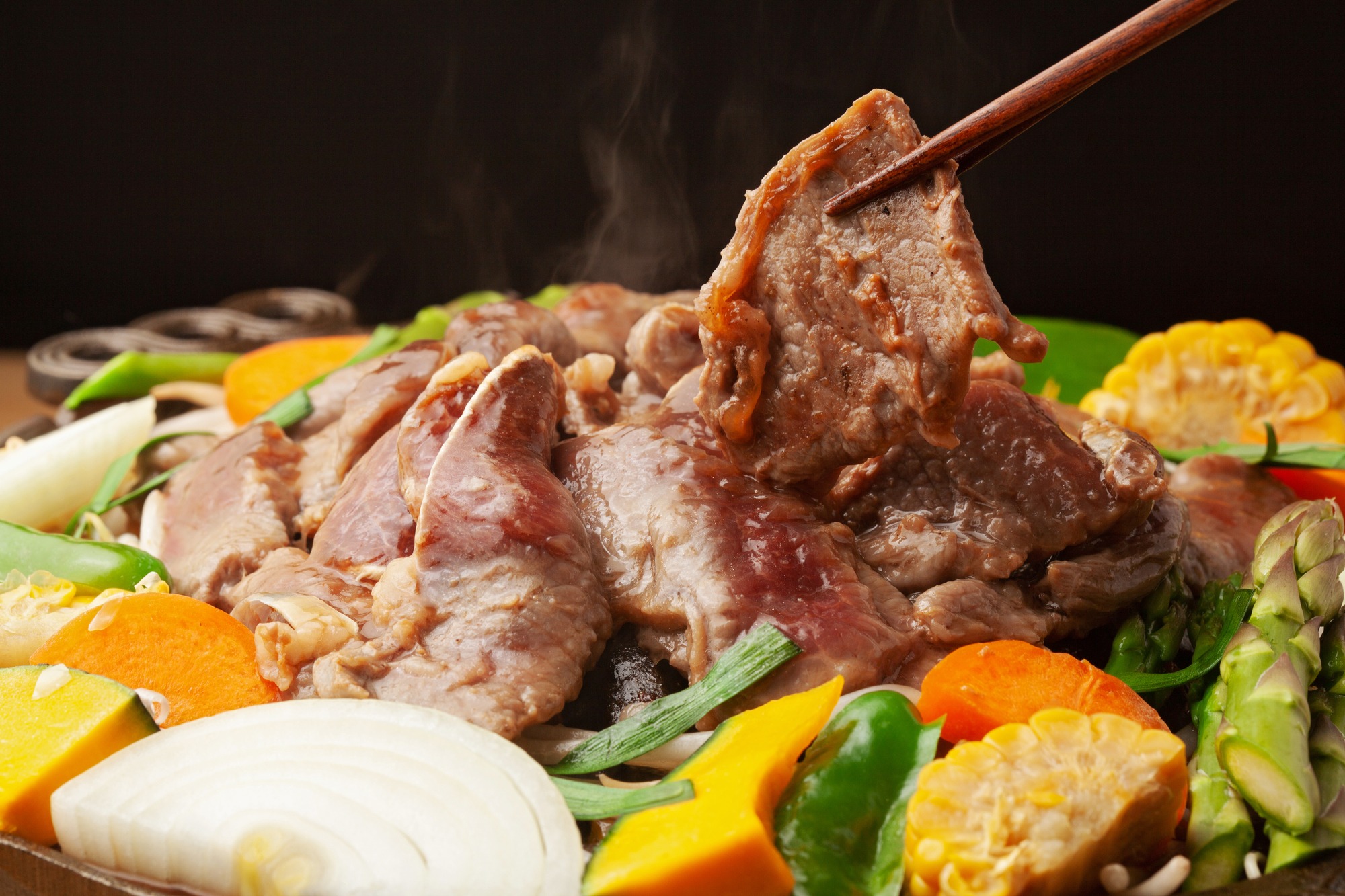
Genghis Khan BBQ is loved by men and women of all ages.
There are various types of meat and a wide variety of ingredients to choose from. There are also some unique ways of eating Genghis Khan BBQ in Hokkaido!
If you know the culture of Genghis Khan BBQ that has taken root in Hokkaido, you will be one of the residents of Hokkaido!
- * Please note that the text shown on this page includes machine translations.
What is Genghis Khan BBQ, anyway?
Genghis Khan BBQ is one of the most popular soul foods of Hokkaido. It is a local dish in which mutton and vegetables are roasted together in a dome-shaped pot with a bulging center.
The culture of eating mutton began to spread among the common people before and after World War II, as cotton sheep, which had been raised for the purpose of harvesting wool, were used in various ways. Later, the style of marinating mutton in sauce became popular, and it is said to have become widely eaten in the province.
Nowadays, lamb is an indispensable food culture in the lives of the people of Hokkaido, enjoyed at barbecues and warming up in the winter. Lamb meat is a common sight in places where people gather, and especially during cherry blossom viewing season, the venues are crowded with groups of people enjoying Genghis Khan BBQ under the cherry blossoms.
Lamb is rich in valuable nutrients with low cholesterol content. Since vegetables are also eaten together, it is actually a healthy food that kills two birds with one stone! You can enjoy it without worrying about overeating on your trip to Hokkaido, where there are so many delicious foods to choose from.
What's the difference between lamb and mutton?
When enjoying lamb, it's important to understand the difference between lamb and mutton.
"Lamb" refers to meat from sheep less than one year old, characterized by its mild flavor, tenderness, and lack of strong odor.
"Mutton," on the other hand, comes from adult sheep and is preferred by connoisseurs for its distinctive richness and umami.
Recently, "hogget," which falls between lamb and mutton, has become more common. While not age-related, there are also unique varieties like "asparagus sheep" raised on local asparagus, and "Suffolk" produced in places like Shibetsu City.
While recommendations vary by restaurant, if you're new to lamb and unsure which to choose, starting with "lamb" might be a good option for your culinary adventure.
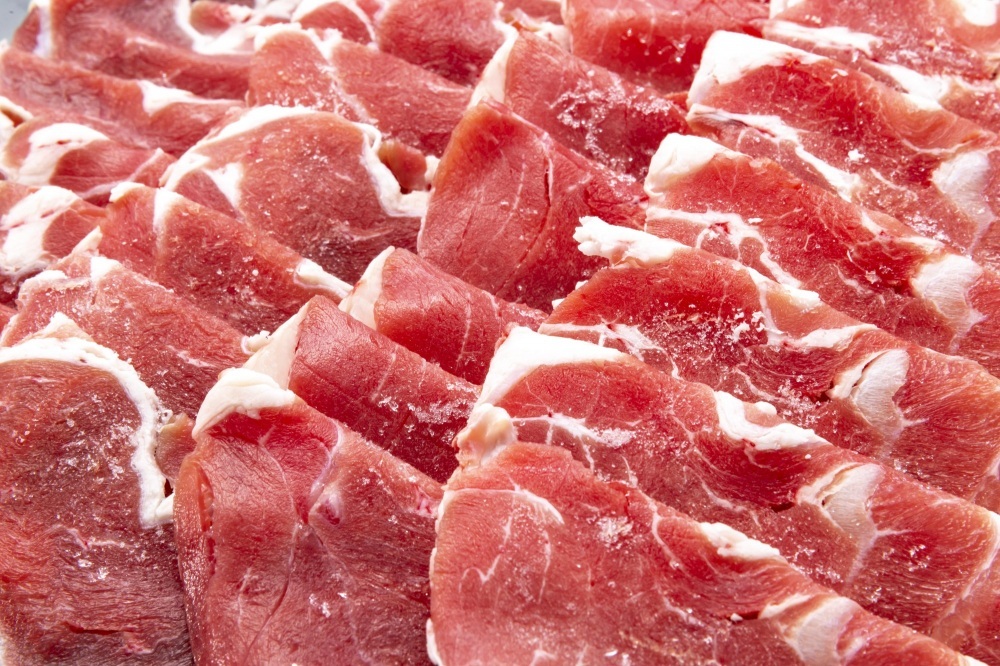
Seasoned meat type and post-dip sauce type
There are two main types of Genghis Khan BBQ in Hokkaido. One is the "seasoned type," where the meat is marinated in sauce before grilling, and the other is the "post-dip type," where the meat is dipped in sauce after grilling.
The "post-dip type" is mainly enjoyed in central and southern Hokkaido, such as Sapporo, while the "seasoned type" is more common in northern areas like Takikawa.
The seasoned type is marinated to remove the distinctive smell of mutton, making it more palatable. Not only does the meat taste great, but the sauce drips onto the vegetables in the pan's grooves, infusing them with rich flavors. The sizzling aroma is incredibly appetizing.
On the other hand, the post-dip type is popular among those who prefer to savor the natural flavor of the meat. It's commonly enjoyed in central and southern Hokkaido, and can be delicious with just a simple sprinkle of salt and pepper, in addition to the sauce.
Most restaurants make their own Genghis Khan sauce, with variations in sweetness and spiciness. Finding your favorite spot is part of the fun!
Nayoro's "Simmered Genghis Khan"
In the northern region of Nayoro, Genghis Khan is not grilled but "simmered." The meat is placed in a pot with vegetables and sauce, and then noodles like udon or ramen, which are usually eaten at the end of the meal, are added. This is the Nayoro style. Enjoy the udon or mochi soaked in the rich flavors of the meat and vegetables.
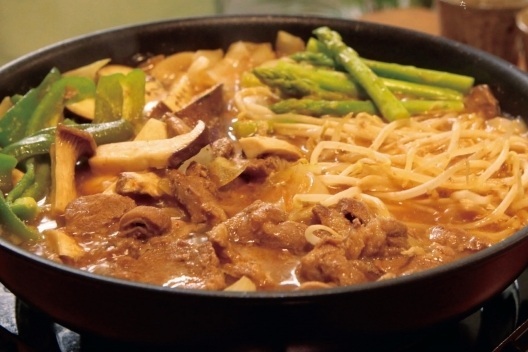
Tips for Enjoying Genghis Khan BBQ Even More!
Knowing how to use the dome-shaped Genghis Khan pot properly can make your meal even more delicious. The key is to “grill the meat” and “simmer the vegetables”!
1. Arrange the vegetables around the edge of the pot, leaving the center empty.
2. Grill the meat in the center. The meat's juices and sauce will drip down, infusing the vegetables with flavor.
3. Once the meat is 50% cooked on one side and 20% on the other, it's ready to eat. Be careful not to overcook the lamb, as it can become tough.
While there are no strict rules for the vegetables, classics like bean sprouts, onions, carrots, and bell peppers are great choices. For the finishing touch, many restaurants offer “yaki udon” (fried udon noodles) using the leftover sauce, which is very popular. Another unique option in Hokkaido is dipping “mochi” (rice cakes) in the sauce.
Some restaurants also offer unique ways to enjoy the leftover sauce, such as adding jasmine tea to make a drink called "ocha-wari" or adding broth for a "soup-wari," a specialty in Otaru.
While restaurants use special Genghis Khan pots, you can also enjoy this dish at home using a hot plate or frying pan. Enjoy your meal!
The Rare Hokkaido Suffolk Breed
The Suffolk sheep, known for its distinctive black face, produces lamb meat that is remarkably easy to eat due to its low odor and high lean content. This breed's lamb is celebrated worldwide for its unforgettable taste. Among them, Hokkaido's Suffolk meat is particularly prized, with limited production making it a rare and luxurious ingredient.
On Yagishiri Island in northern Hokkaido, the "Yagishiri Suffolk" is raised. This high-quality meat is so exceptional that it is mostly shipped to high-end French restaurants, earning it the nickname "phantom meat." These sheep are raised on mineral-rich grass and in a stress-free environment, making their meat a sought-after brand both domestically and internationally.
Similarly, the "Shibetsu Suffolk Lamb," also produced in northern Hokkaido, is a rare Suffolk breed. In Shibetsu City, about 1,100 Suffolk sheep are raised, and visitors can enjoy original dishes at local tourist farms.
Both types of lamb are incredibly rare and a must-try if you ever come across them in a restaurant.
Comparing Genghis Khan BBQ!
Takikawa City and Naganuma Town are the two major hubs for seasoned Genghis Khan BBQ.
“Matsuo Genghis Khan”, based in Takikawa, is a renowned Genghis Khan specialty restaurant known nationwide. Their traditional sauce and odorless meat, loved by people of all ages, make it a favorite that never gets old.
In Naganuma, you can compare the flavors of three popular local restaurants at the “Naganuma Onsen Genghis Khan Corner”. Each restaurant offers unique and distinctive tastes, making it a perfect place to find your favorite.
While many places primarily serve lamb, “Tsukisappu Genghis Khan Club” in Sapporo offers high-quality fresh mutton. Enjoying the rich mutton meat with wine in a serene setting that doesn't feel like Sapporo is a unique experience. Their secret homemade sauce has many fans.
If you ever visit these areas, be sure to try these different styles and find your favorite Genghis Khan BBQ!
Genghis Khan BBQ Pairs Perfectly with Draft Beer!
At beer gardens, you can enjoy all-you-can-eat Genghis Khan BBQ, which is always bustling with people. The combination of flavorful meat and ice-cold beer is unbeatable, making you exclaim "Ahh!" in delight!
Ranking of popular articles
- Hokkaido Summer Travel Guide
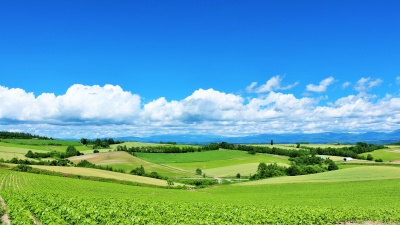
- https://www.visit-hokkaido.jp/en/feature/travelguide_summer
- Hokkaido Spring Travel Guide
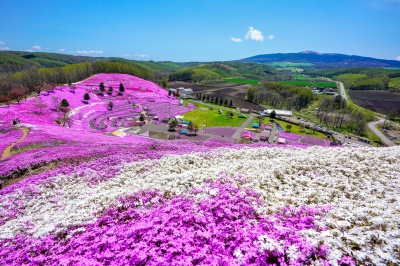
- https://www.visit-hokkaido.jp/en/feature/travelguide_spring
- Here are the recommended cherry blossom viewing spots!
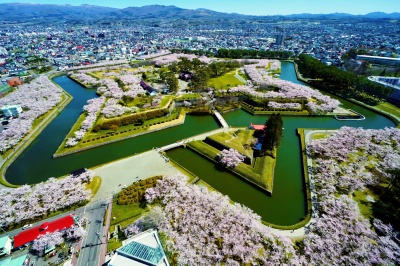
- https://www.visit-hokkaido.jp/en/feature/sakura
- When is the best time to see lavender? Recommended Lavender Spots in Hokkaido
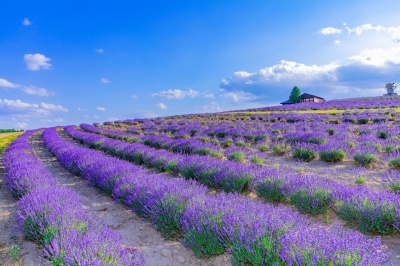
- https://www.visit-hokkaido.jp/en/feature/lavender
- Best Places to View Flowers in Hokkaido vol. 1

- https://www.visit-hokkaido.jp/en/feature/best-places-to-view-flowers-in-hokkaido-vol-1








